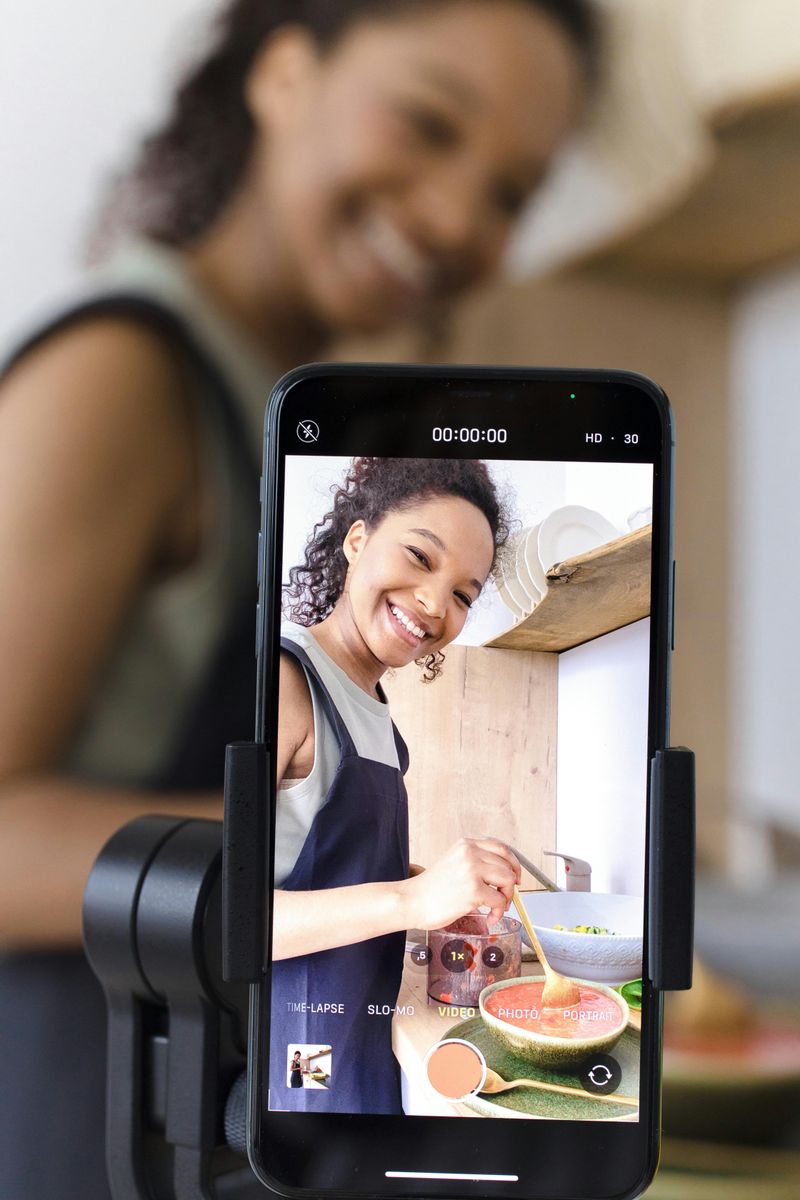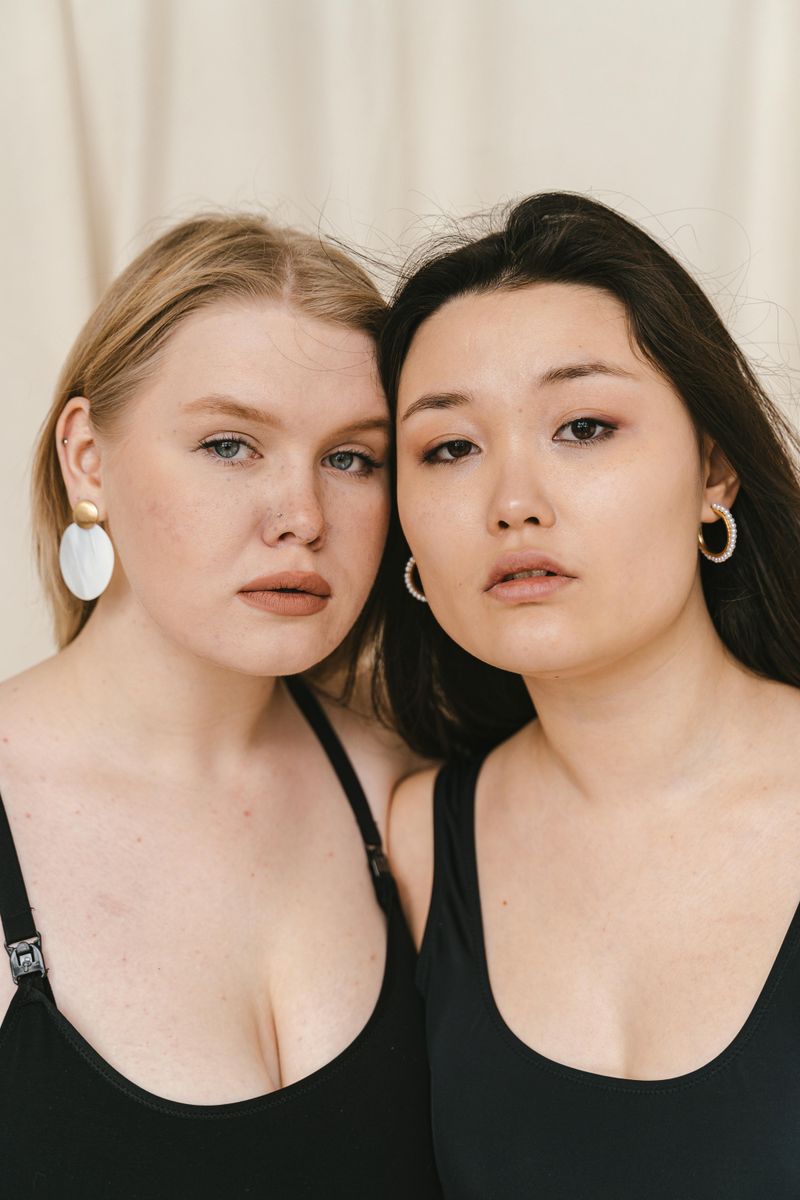11 Things Once Avoided by Women, Now Integral to Modern Lifestyles

The landscape of what’s considered acceptable for women has dramatically shifted over the decades. Activities, careers, and lifestyle choices that were once discouraged or even taboo are now embraced as essential parts of modern womanhood. These transformations reflect broader social changes and the breaking down of gender barriers that once limited women’s experiences.
1. Wearing Suits and Power Dressing

Remember when women entering boardrooms in tailored suits raised eyebrows? The power suit journey began in the 1970s when women fought to be taken seriously in male-dominated workplaces.
Today, structured blazers, crisp button-ups, and perfectly tailored trousers hang in millions of women’s closets, ready for presentations, interviews, or everyday confidence boosts. The evolution went beyond necessity to become a fashion statement.
Modern power dressing blends authority with personal style, allowing women to command respect while expressing individuality. What started as armor against workplace discrimination has transformed into a celebration of female ambition and capability.
2. Fitness and Strength Training

“That’s not ladylike” was once the common response to women lifting weights. Gyms were male territories where women were relegated to light aerobics classes and treadmills.
Fast forward to today where women proudly chalk their hands before deadlifting impressive weights. The benefits extend beyond physical appearance—bone density improvement, metabolism boosts, and mental fortitude are now recognized advantages.
Social media platforms showcase women of all ages breaking personal records and inspiring others. The stereotype that strength training makes women “bulky” has given way to the understanding that strong bodies come in all shapes, enabling women to appreciate what their bodies can do rather than just how they look.
3. Self-Care and Skincare Routines

Taking time for yourself was once labeled selfish or frivolous for women expected to prioritize everyone else’s needs. A woman indulging in a face mask or meditation session might have been considered vain or wasteful of precious family time.
The modern wellness revolution has completely flipped this narrative. Multi-step skincare routines, meditation apps, and designated self-care nights have become non-negotiable calendar entries for millions of women.
Science backs this shift, with research confirming that regular self-care practices reduce stress hormones and improve overall health outcomes. The ripple effect extends beyond individual women to benefit families and workplaces through improved mental health and emotional regulation.
4. Entrepreneurship

Kitchen tables have transformed into headquarters as female entrepreneurship skyrockets. Just decades ago, women seeking business loans faced skepticism and outright rejection without male cosigners.
Today’s landscape features women launching startups, scaling e-commerce empires, and disrupting traditional industries. Technology has democratized access, allowing mothers to build businesses during nap times and career-changers to test concepts with minimal initial investment.
Female-focused incubators, mentorship programs, and funding initiatives have emerged to address historical barriers. While challenges remain—women still receive just a fraction of venture capital—the entrepreneurial path has shifted from nearly impossible to increasingly accessible, with women-owned businesses growing at double the rate of their counterparts.
5. Remote Work and Flexible Schedules

Rigid 9-to-5 schedules once forced impossible choices between career advancement and family responsibilities. Women often sacrificed promotions or left workforces entirely when facing caregiving demands.
The workplace revolution—accelerated by technology and the pandemic—has normalized flexible arrangements that women advocated for decades. Kitchen counters double as desks while school pickup remains possible.
This shift extends beyond convenience to fundamental equity. Women report higher job satisfaction, reduced burnout, and greater loyalty to employers offering flexibility. Companies benefit too, with studies showing remote options improve retention of female talent and increase productivity. What was once an accommodation has become a competitive advantage for forward-thinking organizations.
6. Social Media and Personal Branding

Stepping into the spotlight was discouraged for previous generations of women taught that modesty and privacy were virtues. Sharing personal stories or promoting accomplishments was often viewed as attention-seeking or inappropriate.
The digital age has completely transformed this mindset. Women now cultivate personal brands across platforms, sharing expertise, building communities, and creating income streams.
Beyond influencer culture lies professional advancement—LinkedIn profiles showcase accomplishments, Twitter threads establish thought leadership, and Instagram portfolios display creative work. What was once considered shameless self-promotion has become strategic career development and authentic self-expression. The platforms that were initially avoided due to privacy concerns now serve as powerful tools for connection and opportunity.
7. Dating Apps

Meeting potential partners online once carried significant stigma for women, who faced judgment about safety, desperation, or promiscuity. Many kept their digital dating lives secret, creating cover stories about how they met matches.
Today’s landscape couldn’t be more different. Dating apps dominate modern romance, with women swiping, matching, and messaging without apology.
The control aspect has proven particularly transformative—women can screen potential dates, communicate boundaries, and exit uncomfortable conversations with unprecedented ease. Features like verified profiles, women-message-first designs, and location sharing have addressed safety concerns. What began as a last resort has evolved into the primary avenue for relationship formation, with studies showing most new couples now meet online rather than through traditional connections.
8. Financial Independence and Investment

The financial world was once considered too complex, risky, or inappropriate for women to navigate independently. Many relied on male relatives or spouses for financial decisions, with investing viewed as particularly intimidating territory.
A remarkable shift has occurred as women embrace financial literacy as essential knowledge. Investment apps, female-focused financial education, and retirement planning have become regular conversations among women of all ages.
The stakes are significant—women typically live longer yet earn less over lifetimes, making investment growth crucial for long-term security. Female-focused investment platforms report explosive growth, while traditional firms increasingly tailor services to women investors. The taboo topic has transformed into a movement for economic empowerment and security that’s reshaping wealth distribution.
9. Networking and Mentorship

Professional connections were once built primarily on golf courses and in private clubs where women weren’t welcome. Those fortunate enough to enter male-dominated fields often found themselves without role models who understood their specific challenges.
Today’s landscape features women-focused networking events, industry-specific communities, and formal mentorship programs. Virtual platforms have democratized access, connecting women across geographic and industry boundaries.
The benefits extend beyond individual careers to systemic change. When women support other women, representation increases at leadership levels and workplace cultures improve. What was once an intimidating or inaccessible practice has become a cornerstone of career development, with structured programs replacing the informal “old boys’ networks” that previously determined advancement opportunities.
10. Body Positivity and Self-Acceptance

Constant body criticism was once considered normal for women, who grew up with magazines promoting “bikini body” diets and celebrity “who wore it better” comparisons. Self-deprecation was practically a social requirement.
The body positivity movement has fundamentally changed this landscape. Women now celebrate bodies of all sizes, abilities, and appearances across social media and mainstream advertising.
This shift goes beyond feel-good messaging to tangible health benefits. Studies show that body acceptance correlates with improved mental health outcomes and more sustainable physical health behaviors. Brands have responded with expanded size ranges and diverse models. What began as a radical act—loving your body as it is—has evolved into a mainstream movement challenging centuries of profit-driven body shame.
11. Health and Fitness Wearables
Bulky fitness gadgets were once marketed almost exclusively to men, with women’s health tracking limited to basic period calendars. Technology companies rarely considered female-specific health metrics or design preferences.
The explosion of sleek, sophisticated wearables has transformed how women monitor and optimize their health. From tracking menstrual cycles to measuring heart rate variability during stress, these devices provide unprecedented insights.
Women now use this data to identify patterns affecting sleep, mood, and energy levels. Many share findings with healthcare providers, creating more informed treatment plans. What started as simple step counters has evolved into comprehensive health management tools that acknowledge women’s unique physiological needs. The technology once considered unnecessary or overly complex has become an essential component of proactive health management.

Comments
Loading…